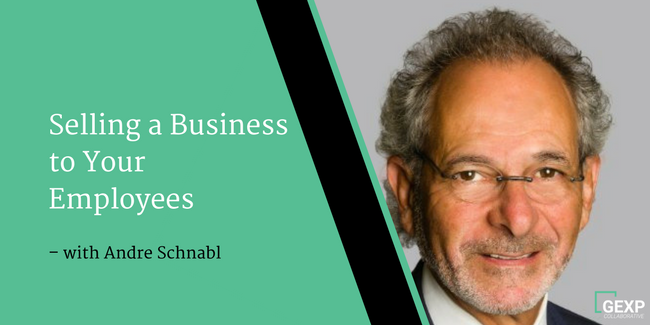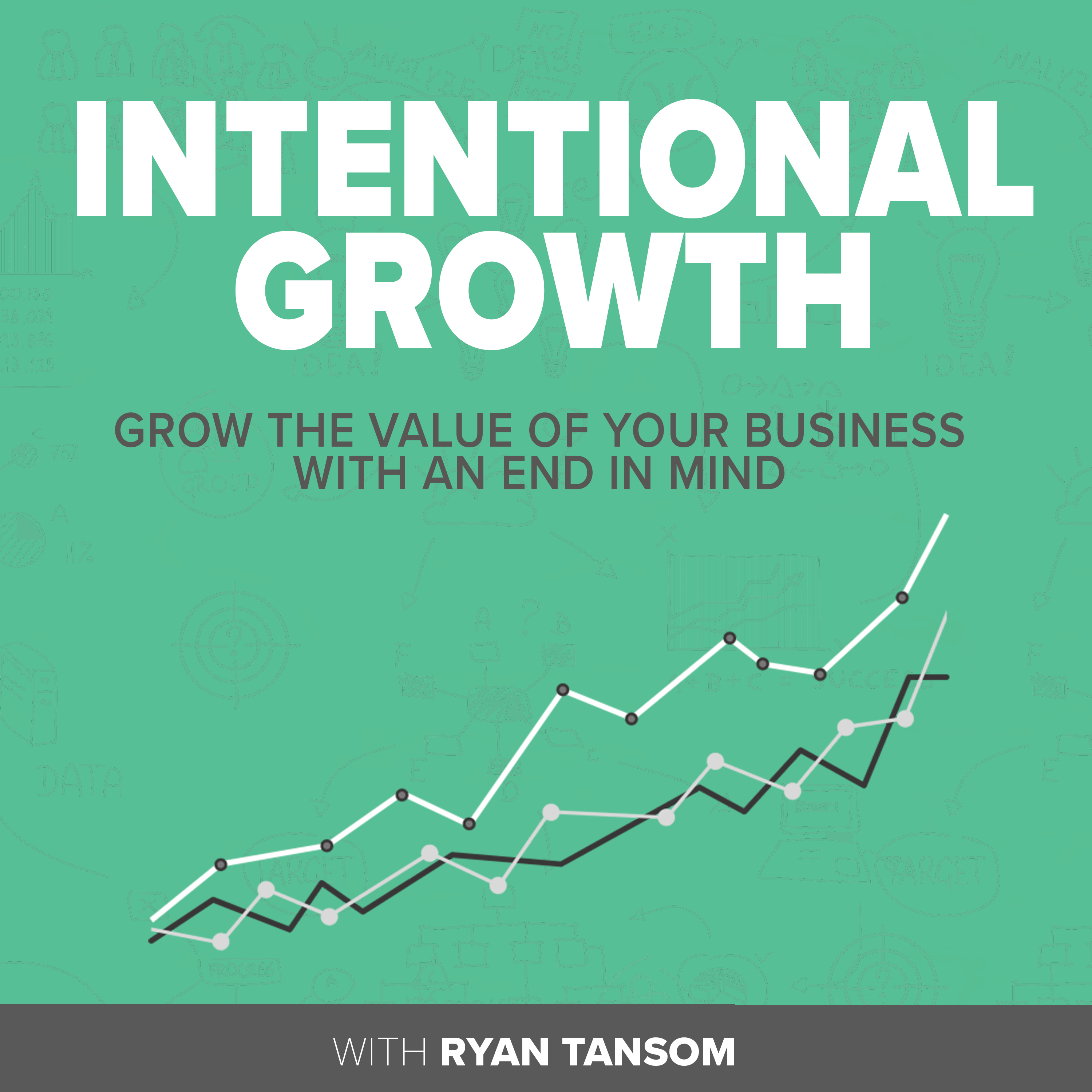Have you ever wondered what goes on in the world of venture capital? Today we’re going to be talking to Jeff Grabow, the US Venture Capital Leader for EY. He’s going to share the ins and outs of the venture capital world, how it’s different from other types of investments, where the money comes from, and so much more. Jeff has 25 years of experience, so you won’t want to miss his insight as we dive into this topic.
“Just throw money at it” isn’t something we actually say in our lives, with intention. You never look at a problem or opportunity and put your money into it without looking at your options. Well, neither do venture capitalists… even though their name derives from the saying, “nothing ventured, nothing gained.”
In this podcast with Jeff Grabow, we explore the ins and outs of the venture capital world including when and why to ‘throw money’ at a business as well as the typical concerns you should be aware of before you do.
Sometimes, as Jeff points out, you just need cash. You don’t need an idea guy, you’re not interested in a marketing guru and you certainly don’t want to step away from your business — but you need funding. Your baby is hitting its growth spurt (or you’ve turned it around from near-disaster) and now someone needs to feed it. This is where VC firms (and to some extent angel investors) come into play. You could turn to private equity, sure, but your idea important to you and you want to find someone who matches your goals and who is a fit for your company.
So, you look to someone who understands the risks and rewards available to an early investor: a venture capitalist. These guys know what they’re doing in terms of investments; it’s all they do! But you have to win them over before they’ll float you some capital.
Know your product, service, idea, whatever. You need to know everything about it, including where it fits in the marketplace, what the potential risks are for the business, your present financials and projected growth. No VC firm wants to take on a losing target it can’t turnaround to increase profits for all.
Transparency is key here. If you know you have competition from x or y industry, you need to address that. When you’re considering venture capital, know that your competition likely is as well. So if you want to stand out and win the venture capitalist over to you, you need to demonstrate why you’re different and better than your competition. Be unique and be transparent — show them the money, as it were.
What are your current revenue streams, where are you marketing and to whom, what are your expenses, where do you want to take the business and why… all these questions and more need to be addressed when talking to your new potential VC partner.
On the subject of preparing your sales pitch for the VC, you need to consider why you’re doing it. Do you two fit? Are your goals aligned? Doe the venture capitalist or VC firm have a vested interest in your product? Have they invested in similar products or services before? Do they have knowledge of your industry? And, frankly, do you get along and trust each other?
This is why transparency matters. No one likes nasty surprises. You want to ensure the person you’re getting into bed with has a clean record and is upfront about desires and expectations. And they’ll want the same from you! If you’re hiding a weakness in the business, you’re going to poison your funding well. You’d be surprised how many VCs are both capable and willing to help you overcome barriers you’ve already identified. Once an issue (or potential issue) is identified, it’s much easier to plan to overcome or avoid it — particularly now that you have funding!
You’ve got your funding, you’ve chosen your partner and now you have a 10-year commitment to each other. Are you ready?
This is a partnership as close as any other, and closer than some. While you’re providing the business service or product and the VC is providing the funds, you both are now owners of this enterprise and need to see it through to fruition.
While you may have needed the VC’s resources (aka money) and they needed yours (aka product or service), you both have one finite and non-renewable resource in common: time. Each of you has only 168 hours in a week with which to achieve your goals… and this time needs to be shared with things like sleeping and eating. Both of you have decided that this company is worth this valuable resource’s investment, however, which is perhaps the greatest investment of all.
So over the next 10 years, make every minute count. You can’t waste each other’s time, which is why you carefully vetted each other for fit and why everything you do is done with transparency and the overall goal of growing the company.
The biggest thing Jeff wants you to realize is that most projects, companies, services, designs, etc. require a heck of a lot more funding than originally thought. And this goes across the board to every industry, even tech-based ones or ones where operational costs are being offset by new technologies.
If you want to grow, it’ll cost you. And it’ll usually cost you more than you planned. Jeff has over 25 years of industry experience and he can tell you first hand that this is by far and wide the most important lesson you can learn: expect to need more money, and more money than you expected.
Keep in mind that most start-ups don’t have their original owner or CEO, and that this is not a bad thing. Most have gone on to start other projects and explore other ideas; some have chosen to stay on in their original capacity as the idea or creative person. Of the 18,000 start-ups out there today, most the people who started them will not continue to run them forever. Do what’s best for you and your baby, even if that means bringing in a partner and perhaps a different management system to improve the value of your business as a whole and the reach of its products and services — after all, you started this company for a reason! Why stop sharing what you created simply because you lack the reach?
Solidity Financial
Platform Revolution
As the US Venture Capital Leader for EY, Jeff Grabow works directly with rapidly growing, venture-backed companies and venture capitalists in Silicon Valley. He has been part of the venture finance environment on the West Coast for over 30 years and has experienced first-hand Silicon Valley’s explosive growth. Jeff is passionate about identifying opportunities for early stage companies to exploit global markets and promote sustainable growth.

My guest today is Loren Horsager, the CEO and co-founder of Mobile Composer. Loren has been working in software development for 25 years. Mobile...

What does ESOP actually mean? ESOP stands for Employee Stock Ownership Plan. This week we talk about a great tax-saving method of exiting a...

Access to capital is crucial in order to take a dream and turn it into a business, create wealth and build a future full...